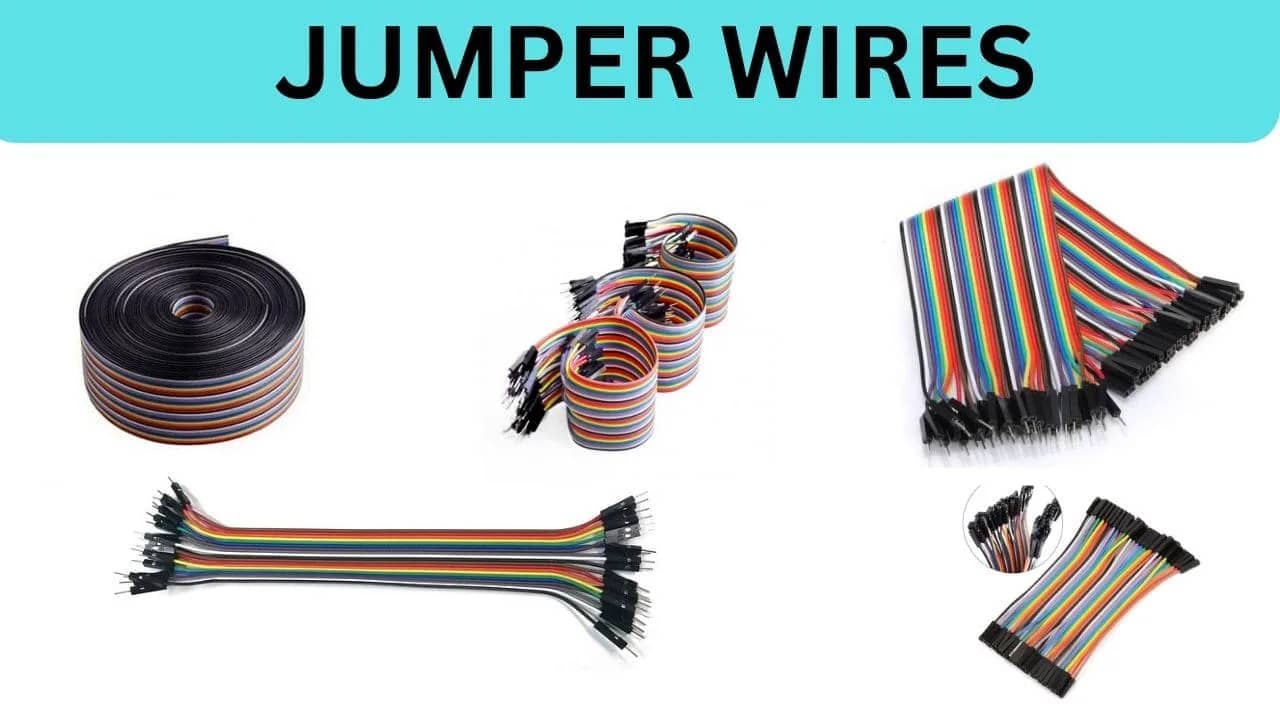Table of Contents
ToggleJumper Wires and its Types
Jumper wires are essential components in the world of electronics, especially when working with Arduino microcontrollers. These simple wires play a crucial role in connecting various components on a breadboard or circuit board, enabling the creation of complex electronic projects. In this article, we will explore what jumper wires are, their importance in Arduino projects, and the different types available.
What Are Jumper Wires?
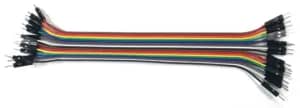
Jumper wires, often referred to simply as “jumpers,” are thin, flexible wires with connectors at each end. They are typically made from copper or aluminum and covered in insulating material to prevent electrical short circuits. These wires are used to establish electrical connections between different components on a breadboard, circuit board, or Arduino itself.
Importance in Arduino Projects
In the context of Arduino, jumper wires serve several crucial functions:
1. Breadboarding: When prototyping circuits on a breadboard, jumpers are used to connect the various electronic components, such as resistors, LEDs, sensors, and microcontrollers, in a specific configuration.
2. Connection to Arduino: Jumpers are used to connect Arduino pins to other components, allowing data to flow between the microcontroller and the rest of the circuit. This enables you to control and monitor external devices and sensors.
3. Troubleshooting: When debugging a project, jumpers make it easy to test different connections and swap out components to identify and fix issues.
4. Flexibility: Jumper wires are versatile and can be easily disconnected and rearranged. This flexibility allows for rapid experimentation and testing during the development of an Arduino project.
Types of Jumper Wires
Jumper wires come in various types, each designed for specific purposes. Here are the most common types you’ll encounter when working with Arduino:
1. Male-to-Male (M-M) Jumper Wires:

These jumpers have a male connector (usually a pin) on both ends. They are used to connect components with female headers, such as connecting sensors to a breadboard or Arduino board.
2. Male-to-Female (M-F) Jumper Wires:
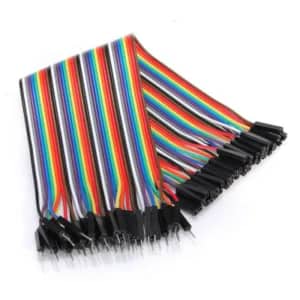
These jumpers have a male connector on one end and a female connector on the other. They are used to connect male pins on Arduino boards to female headers on other components, like sensors.
3. Female-to-Female (F-F) Jumper Wires:
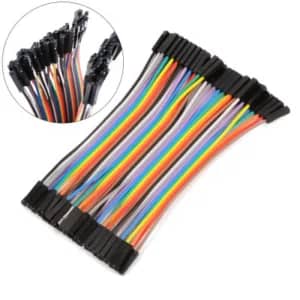
These jumpers have female connectors on both ends. They are handy for creating longer connections or bridging gaps on a breadboard without using male pins.
4. Dupont Wires:
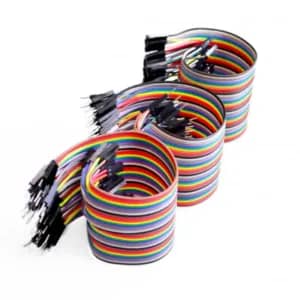
These are a type of M-M jumper wire commonly used in Arduino projects. They have a 2.54mm pitch, which is the standard spacing for headers on a breadboard or Arduino board.
5. Ribbon Cables:
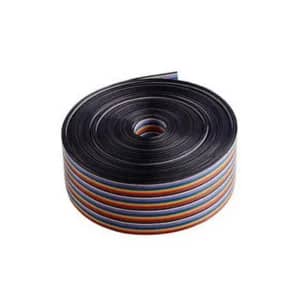
Ribbon cables consist of multiple conductors grouped together in a flat ribbon-like form. They are often used when you need to make multiple connections in a neat and organized manner.
6. Dupont Wire with Crimped Pins:
These jumper wires come with crimped pins on one or both ends, making them more durable and reliable for long-term projects.
Jumper wires are the unsung heroes of Arduino projects, enabling the seamless connection of components and the rapid development of electronic prototypes. Understanding the different types of jumper wires and when to use them is essential for anyone delving into the world of Arduino and electronics.
With the right jumper wires in your toolkit, you can bring your Arduino projects to life and turn your ideas into functional circuits.
